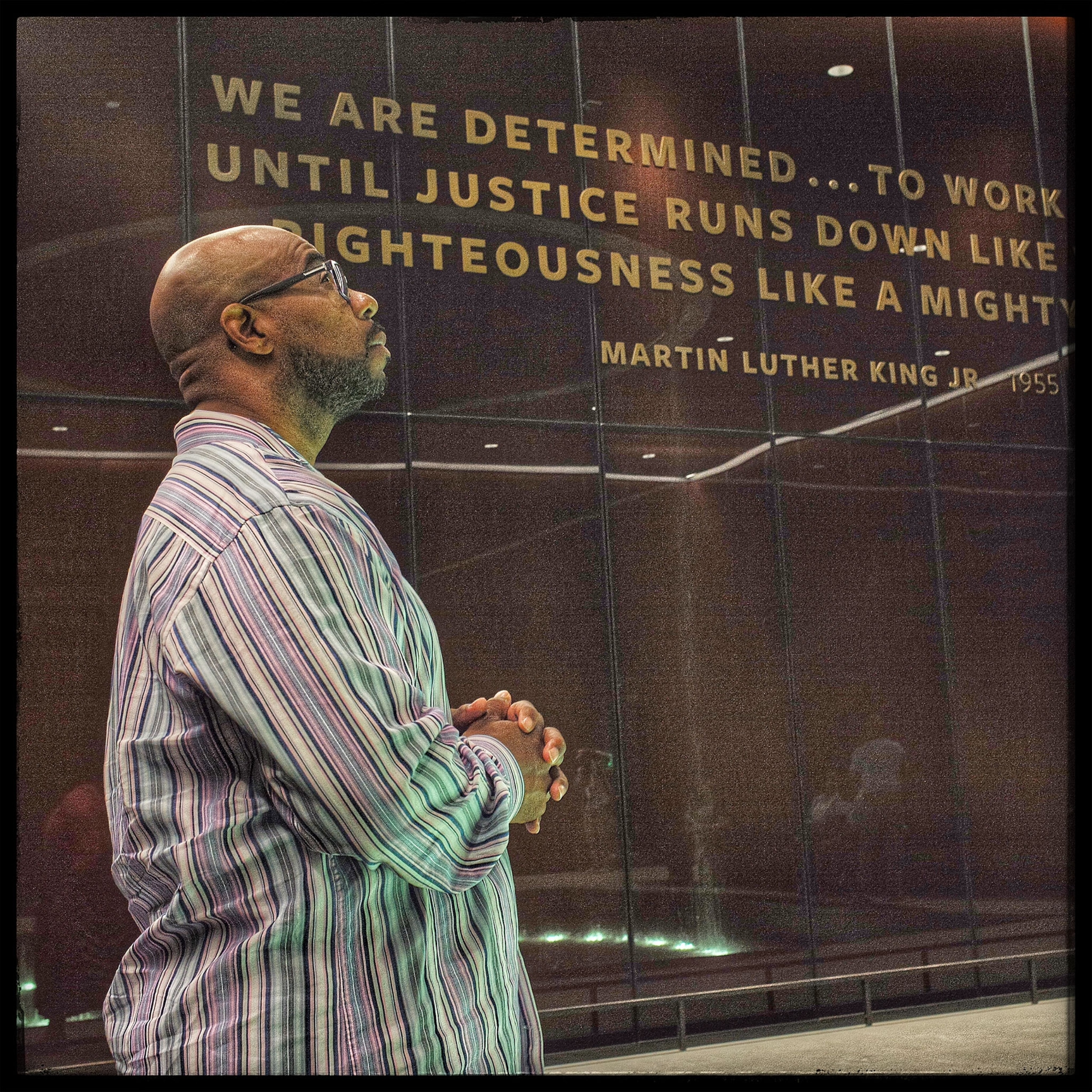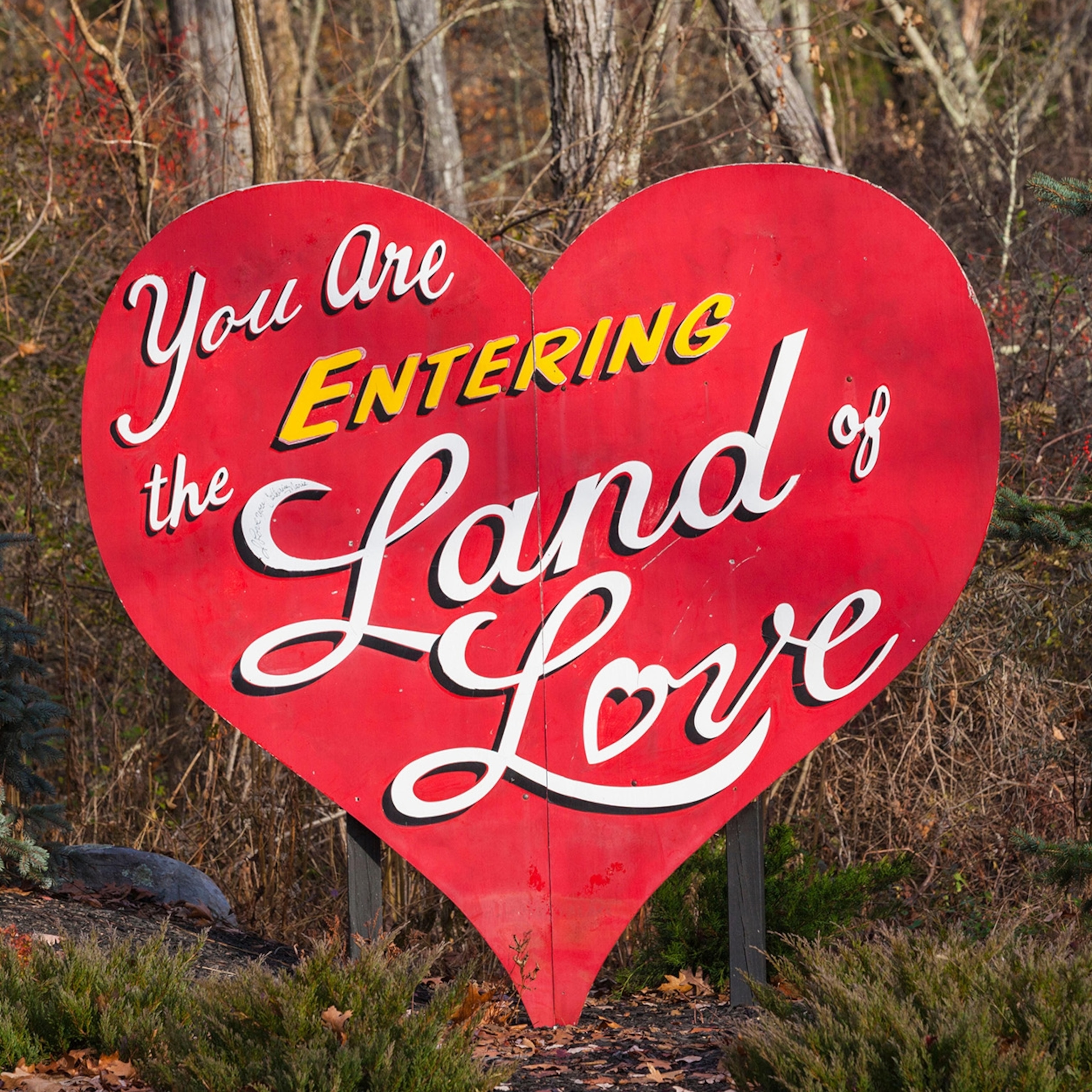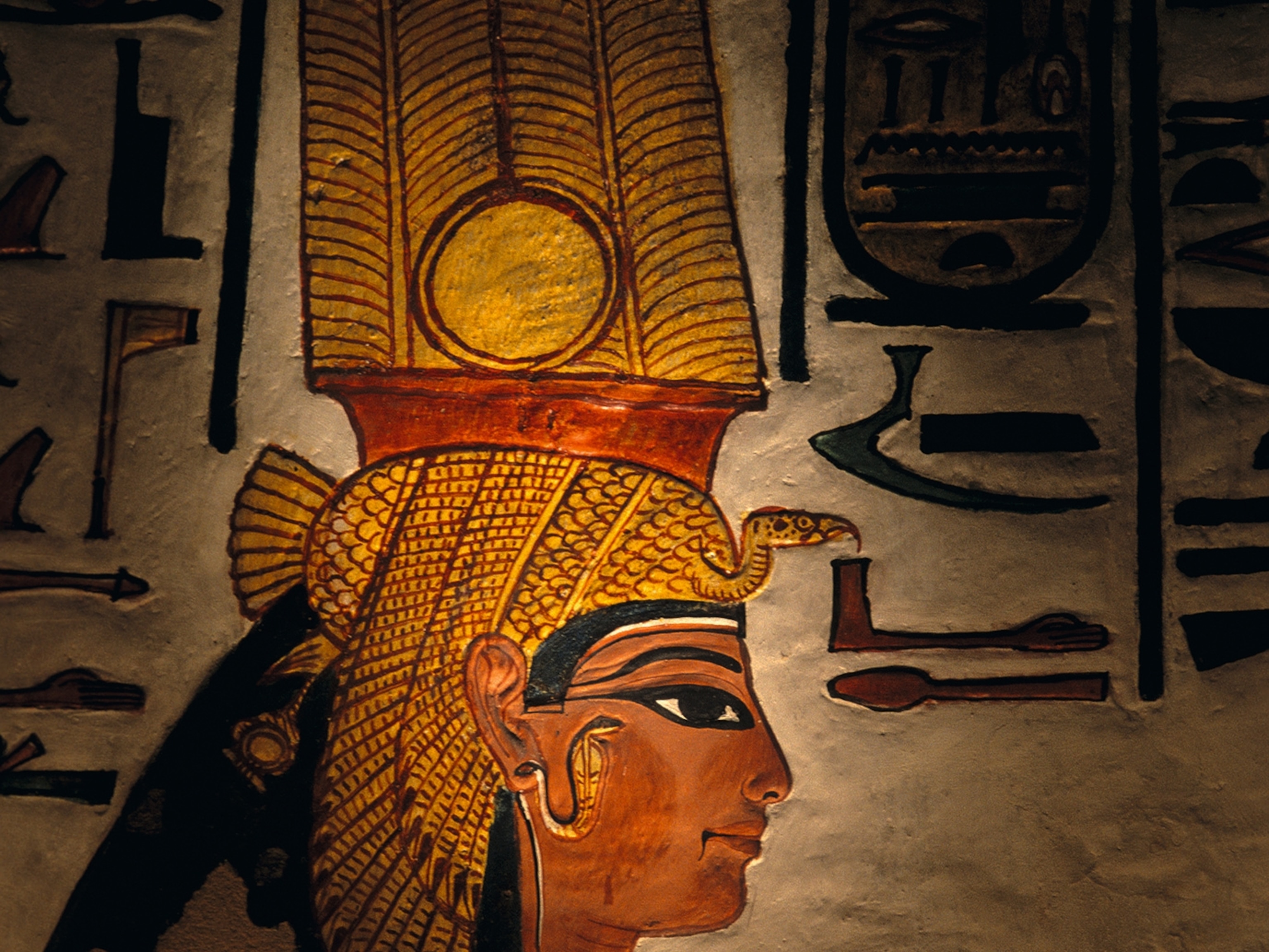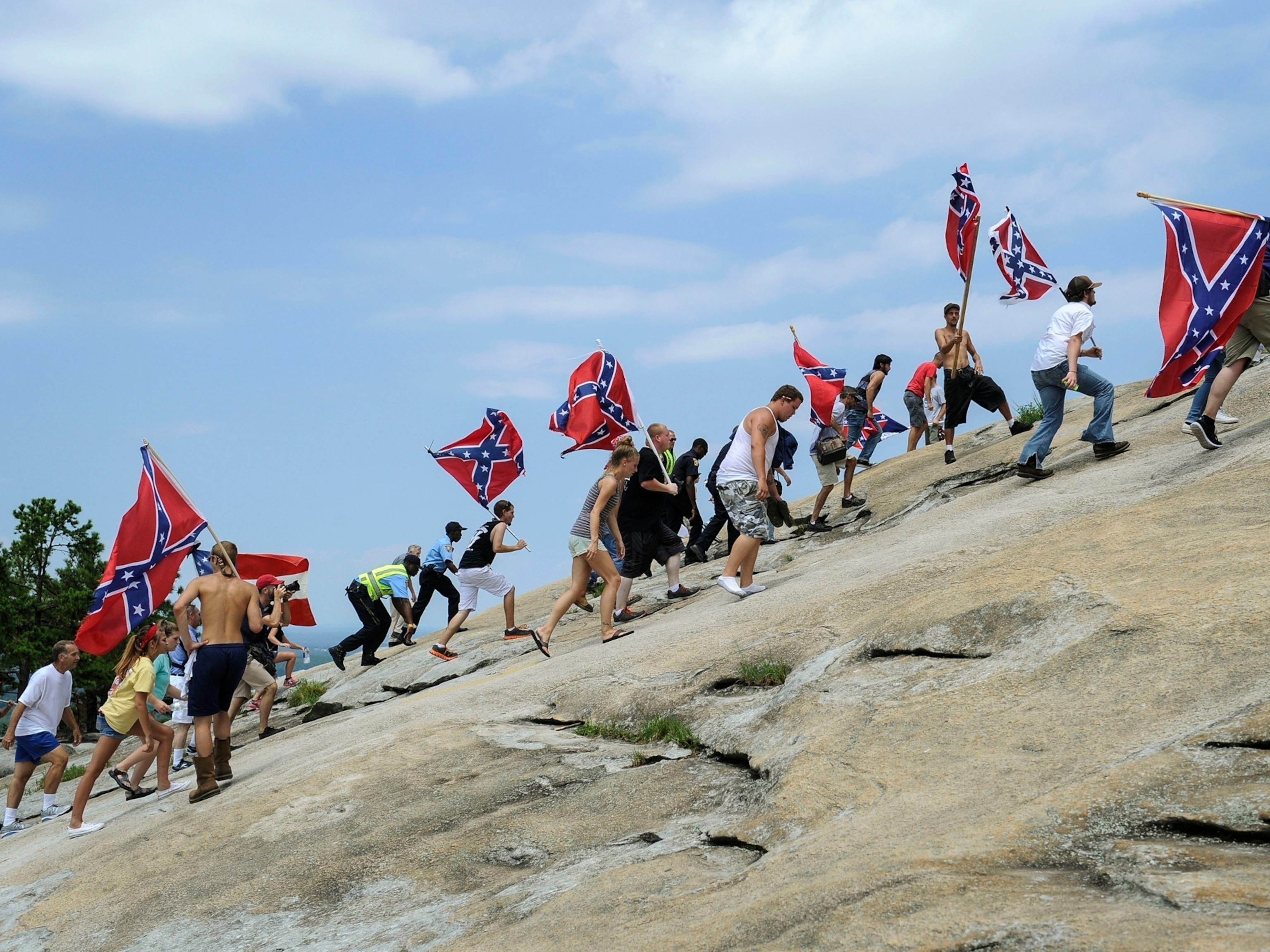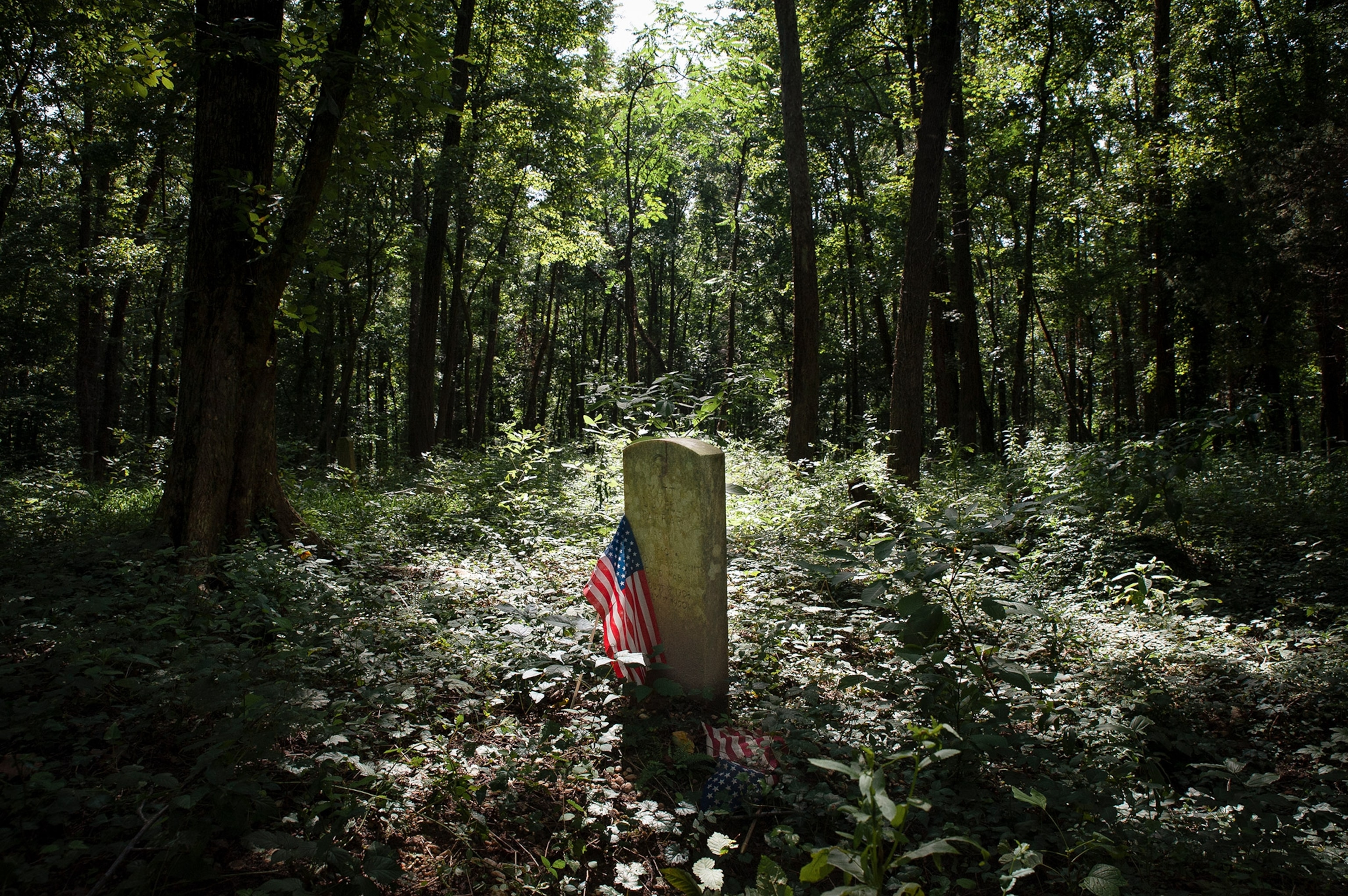
The fight to save America’s historic Black cemeteries
Proposed legislation could create a national park network of overlooked gravesites. But for now, it’s up to communities to preserve them.
Fieldstones. Yucca plants. Seashells. The last object a loved one touched. For centuries, these items, cultivated from lives and landscapes, marked many graves at burial places for Black people in America.
Racism continues to haunt these final resting places. Unlike many predominantly white cemeteries, which were designed as garden spaces to honor both the dead and the living, Black cemeteries—like the communities they represented—were relegated to the periphery. In the generations since enslavement, many Black burial sites have been neglected by local officials or re-buried by development, leaving descendants unable to locate or visit their ancestors’ resting places. Now, in a moment of racial reckoning, the long-running efforts by communities to preserve these historic Black sites could gain new momentum.
Because no official database exists, it’s impossible to track how many historic Black gravesites dot the American landscape. But proposed legislation could change this: the African American Burial Grounds Network Act would create a network of Black cemeteries and a formal database of historic Black burial sites—including grant funding for research and restoration—under the purview of the National Park Service. Support from the park service could increase visitation at these sites and offer a more complete picture of American history.
“African-American history is American history,” says Virginia Representative A. Donald McEachin, who introduced the act in 2018. “The people that were honored, and how they were honored, speaks to the community they lived in and the times in which they lived.”
Efforts gain footing—but challenges remain
Timing is an urgent factor in preserving these sites. Until the federal government takes ownership of protecting and contextualizing Black memorial spaces, it’s up to communities to save them from development and neglect.
Although developers are supposed to investigate properties in advance of construction, consultation for burial sites isn’t often enforced, says archaeologist Doug Mooney. To combat this problem, Mooney and his fellow volunteers at the Philadelphia Archaeological Forum created a burial map. Their research shows that at least 87 city cemeteries have been disturbed by construction since 1800—about a quarter of them in the past 35 years. In 2018, the group helped identify and exhume at least 50 bodies from West Philadelphia’s oldest African-American cemetery, rediscovered beneath a University of Pennsylvania complex.
In Virginia, local advocacy has led to legislative change. Since 2013, the organization Friends of the East End Cemetery has revitalized a 16-acre site where an estimated 17,000 Richmond citizens were interred. The group’s volunteer work helped catalyze a 2018 law that promotes investment in the protection of historic Black cemeteries—a law that came after decades of pressure from McEachin, who learned his own great-great-grandfather is buried in East End. This state law forms the basis of the proposed federal act, which McEachin predicts may remain in committee for the remainder of 2020.

But Brian Palmer, a founding member of Friends of East End, has been disappointed in his state’s legislation. Concerned that sacred resting places will be turned into “a recreational amenity,” Palmer thinks funds should go to the local organizations that have developed expertise by protecting these spaces for decades.
“Any federal legislation with teeth is wonderful,” he says. “But symbolism doesn’t protect cemeteries. It has to be substantive.”
Rediscovering heritage in Georgia
In 2009, Linda Davis took over as trustee president of the Brooklyn Cemetery in Athens, Georgia, a site that had seen decades of neglect and which sold at least two parcels for development. For 15 years, Davis and a coterie of volunteers restored the cemetery with hand tools, carefully preserving historic markers such as stones, pieces of glass, slabs of concrete, and yucca plants. Through extensive, volunteer-led genealogical research, Brooklyn has cataloged the interred, including photographs and GPS coordinates, pinpointing more than 1,100 gravesites.
Many burial sites are using genealogical research, such as that promoted at Brooklyn, as a way to increase interest in restoration. In 2015, Virginia’s Loudon Freedom Center was formed to protect the overgrown Belmont Enslaved Cemetery, where simple fieldstones dot 120 acres. The center intends to make the 19th-century site a destination: offering resources for genealogical studies, DNA extraction, a research library, and a meditation chapel so visitors can connect with their ancestral history.
In Athens, Davis hopes to encourage descendants to travel to Brooklyn Cemetery and locate their relatives. As a child, she accompanied her mother here to visit her grandparents. Because they only had temporary markers, she recalls her mother cracking open the bottom of clay pots and allowing flowers to take root in place of a tombstone. Over time, even these temporary markers were lost. Now the exact location of her ancestors is unknown.
“We don’t know our history or where we came from,” Davis says of her preservation work. “In service to my community, and to create a better future for my children and grandchildren, I want them to know where they came from, and to be able to call those names.”
Centuries lost in Maryland
Marsha Coleman-Adebayo, an academic and 30-year resident of Bethesda, Maryland, became the social justice minister of the hundred-year-old, historically Black Macedonia Baptist Church, in 2017. While attending a county board meeting to discuss a permit for a new self-storage site near the church, she heard a board member refer to a potential problem: the “myth” of a historic Black cemetery underlying the permitted site.
According to Coleman-Adebayo, one of her congregants immediately raised his hand and said, “That’s not a myth. I used to play in that cemetery as a child. There was no other place to play when Bethesda was segregated.”
Coleman-Adebayo requested that an independent archaeologist survey the area. When county officials resisted, she helped organize the Bethesda African Cemetery Coalition—a group of local historians, anthropologists, and religious leaders—to demand that the site be properly surveyed and reallocated to the Macedonia congregation. Their citizen research showed that Moses African Cemetery, once the final resting place for hundreds of enslaved people, had already been partially re-buried beneath a parking lot. Another section of the cemetery likely lies beneath the new county-approved construction site.
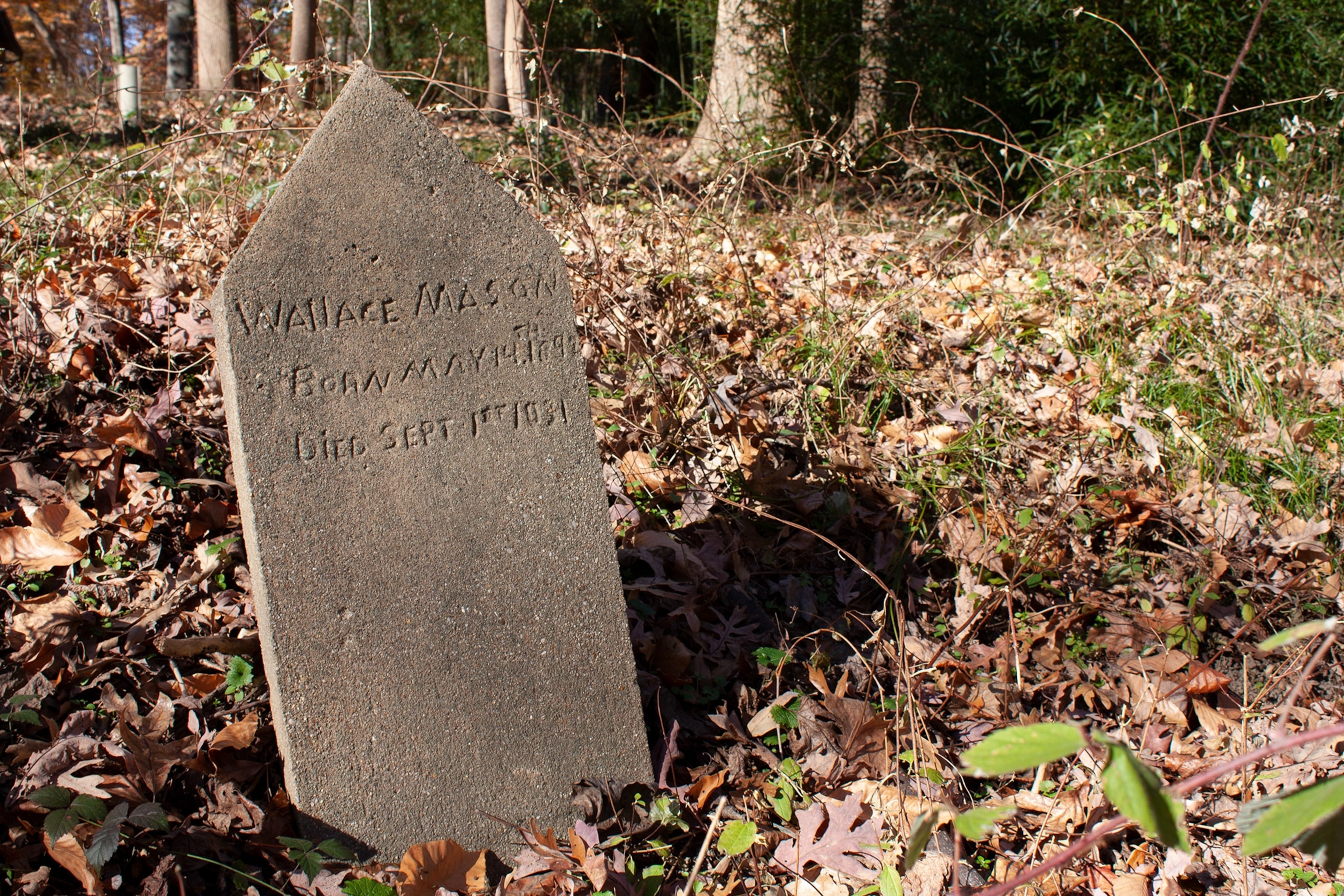
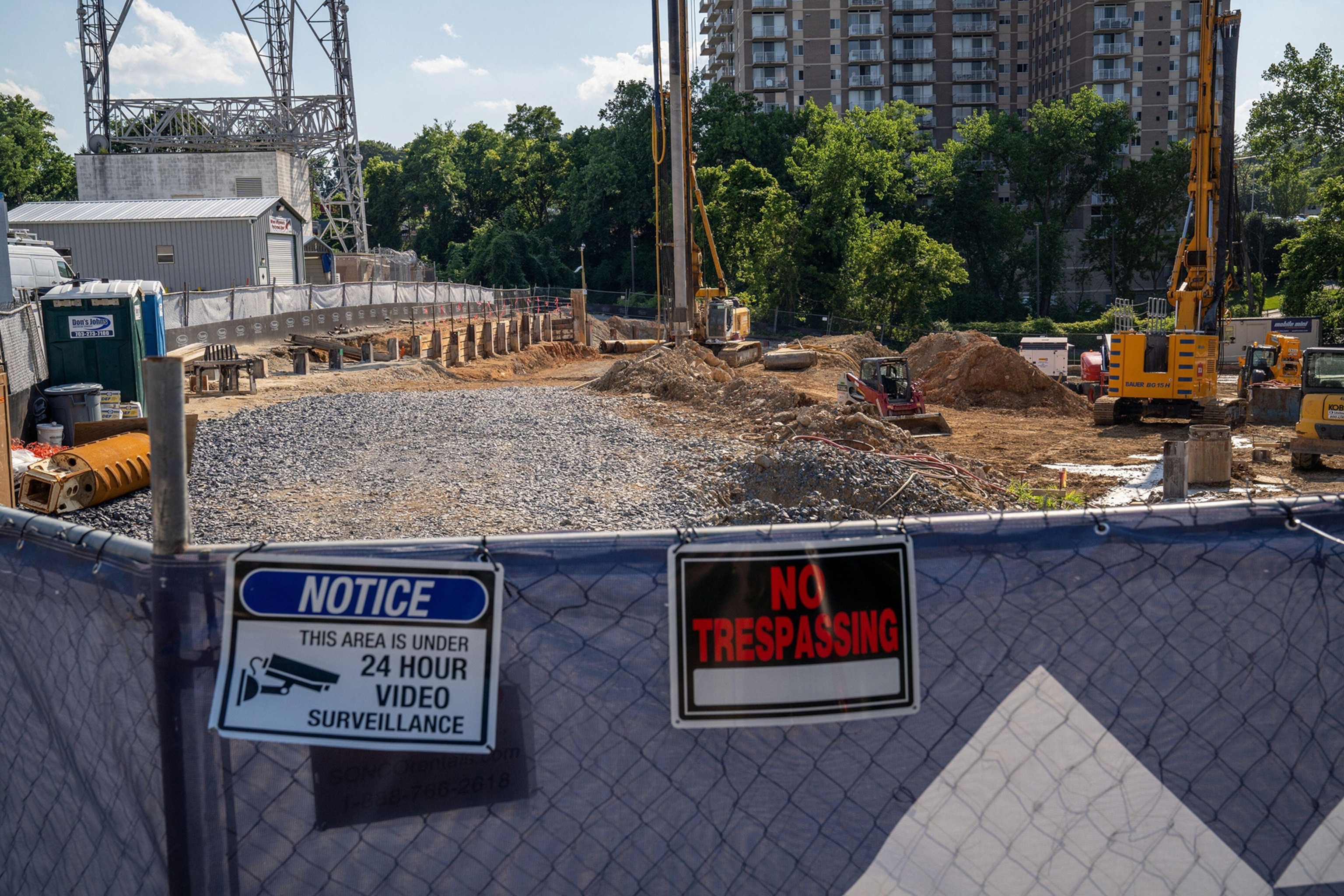
Recently, the group partnered with Michael Blakey, the chief anthropologist for New York City’s African Burial Ground National Monument. Based on photographs of the Bethesda site, Blakey told the coalition that it’s possible human remains are being uncovered. Coleman-Adebayo claims there are visible white shards of bone. Despite the coalition’s three-year effort to reallocate the land, the self-storage site is now under construction.
“They are desecrating remains that are at least 350 years old,” Coleman-Adebayo says. “Humanity is now losing all this [genetic] information in order for Montgomery County to situate a self-storage company atop our ancestors.”
Development in West Virginia
In 1993, Jennifer King visited the Boyd-Carter Cemetery in Jefferson County, West Virginia, for the funeral of a family friend. She recalls noticing the yucca plants—perennials with sword-like leaves and white, bell-shaped flowers, historically used as enslaved people’s grave markers.
In 2017, King learned that a Danish insulation company intended to build its newest factory on a defunct apple orchard. Some residents of Jefferson County, which previously lacked any heavy industry, are concerned that the factory will become a heavy polluter. But King and other community members found that permits had been issued for development that would disturb Boyd-Carter Cemetery, other marked graves, and the nearby African Methodist Episcopal Church.
King and other community groups who oppose the factory development believe the cemetery’s archaeological and historic significance was overlooked because they are Black burial sites.
“I don’t use [the word] racism lightly,” King says. “I’ve been married to a Black man for 30 years, and I’ve seen it personally. But when we see how the cemetery has repeatedly just been ignored, what else is it?”
King’s community has filed several failed and pending lawsuits, as well as a Title Six complaint still working its way through a long legal pipeline. On August 15, King reported that heavy equipment had “destroyed, disturbed, and removed” some of the cemetery’s grave markers. The factory, still under construction, is intended to start production in 2021.
Moving forward
Because historic Black cemeteries are not well-protected by law, local communities continue to rely on their own volunteer efforts to honor their ancestors’ resting places.
In Jefferson County, King’s social media campaign has encouraged descendants to connect with their relatives. Keith Pollard, who grew up near Boyd-Carter Cemetery and now works in Washington, D.C., discovered this summer that his great uncle was buried in Boyd-Carter beneath an arched tombstone.
Pollard hasn’t yet been able to travel home and visit the cemetery, but he’s looking forward to seeing his relative’s grave. “For a very long time, especially in rural places, a lot of Black history has been erased and not valued,” Pollard says. “The people who were buried there, their lives have value as well.”









